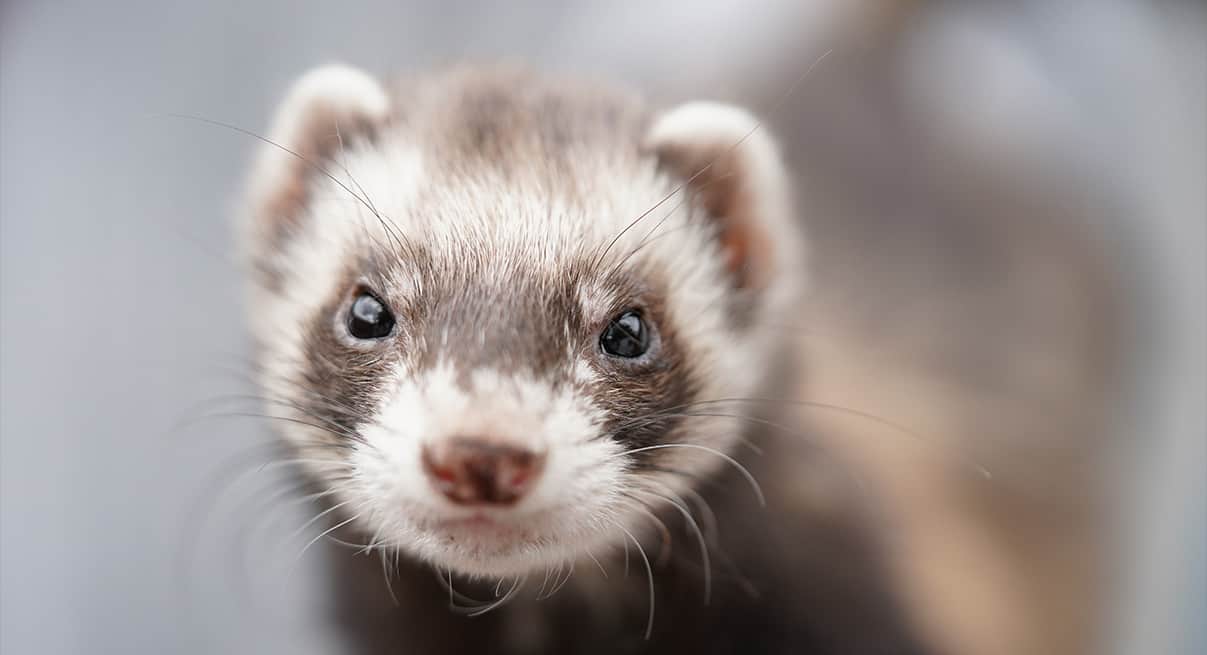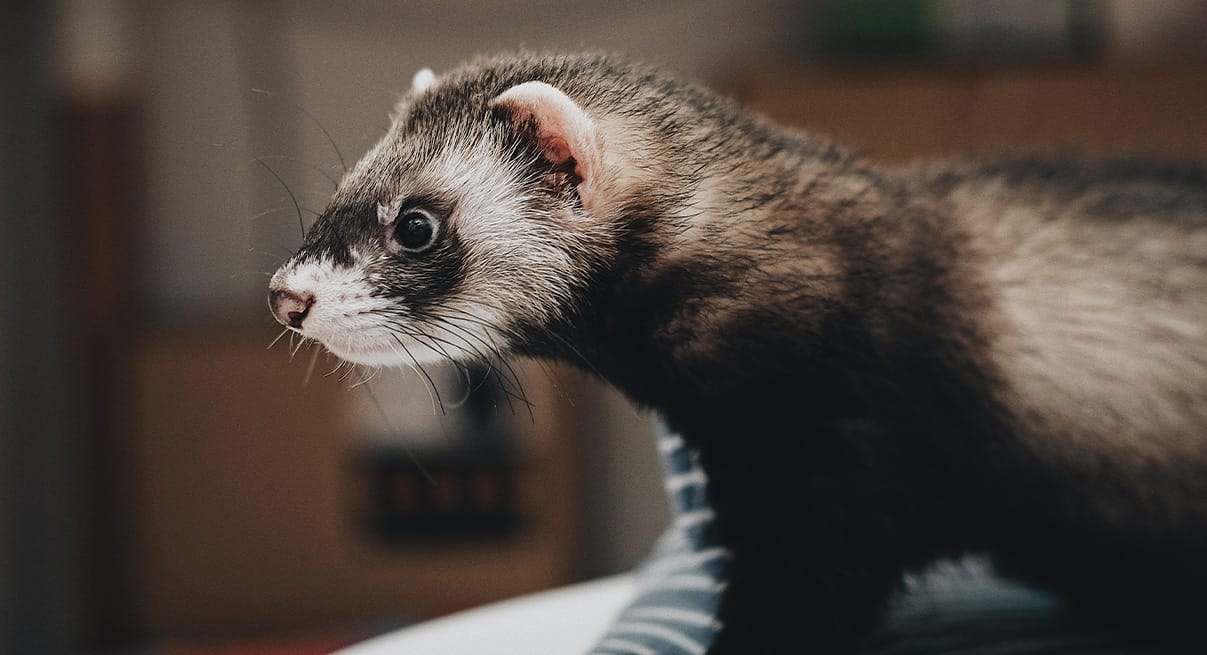Do Ferrets Go into Heat? What Time of Year?
The domestic ferret (Mustela putorius furo) goes into heat at the end of each year. The reproductive cycle of ferrets is determined by the hours of daylight in a day, with their breeding season occurring in spring.
Females are considered seasonal polyestrous with induced ovulation by mating, and they go into heat between January and March.Males begin to experience heat starting in December/January.
How Can I Tell If My Ferret Is in Heat?
During the heat period, the skin may appear more yellowish and oily, the body odor intensifies, and they may exhibit itching. Additionally, there is a decrease in appetite, an increase in marking behavior, and aggressive behaviors may manifest.
In males, the size of the testicles increases, and in females, there is noticeable swelling of the vulva.

About Neutering in Ferrets:
Ferrets have a higher predisposition than other species to suffer from hormonal diseases (especially adrenal gland disease and hyperestrogenism), generally as a result of sexual stimulation.
• Indications for Neutering in Ferrets
- Reduces odor
- Minimizes behavioral conflicts (especially in males)
- Prevents unwanted pregnancies
- Reduces the possibility of developing hormonal disorders
• Methods
- Surgical Neutering: removal of the gonads (testicles and ovaries) through surgery.
- Chemical Neutering: pharmacological treatment through injections or subcutaneous implant placement that reduces hormonal stimulation.
• Subcutaneous Implants
Both scientific research and our clinical experience demonstrate that the recommended option is the placement of deslorelin acetate implants. These are small implants placed under the skin and act by inhibiting the production of sex hormones for an extended period. Their approximate duration is 8 months to 1 year.

Advantages of Chemical Neutering Over Surgical Neutering:
– It is a less invasive method that only requires mild and short-term sedation, significantly reducing the risk. Hormonal control in relation to adrenal glands, as the development of hyperadrenocorticism is associated with early neutering in young ferrets.
It acts by inhibiting both the clinical signs of heat and those of adrenal disease in neutered ferrets.
